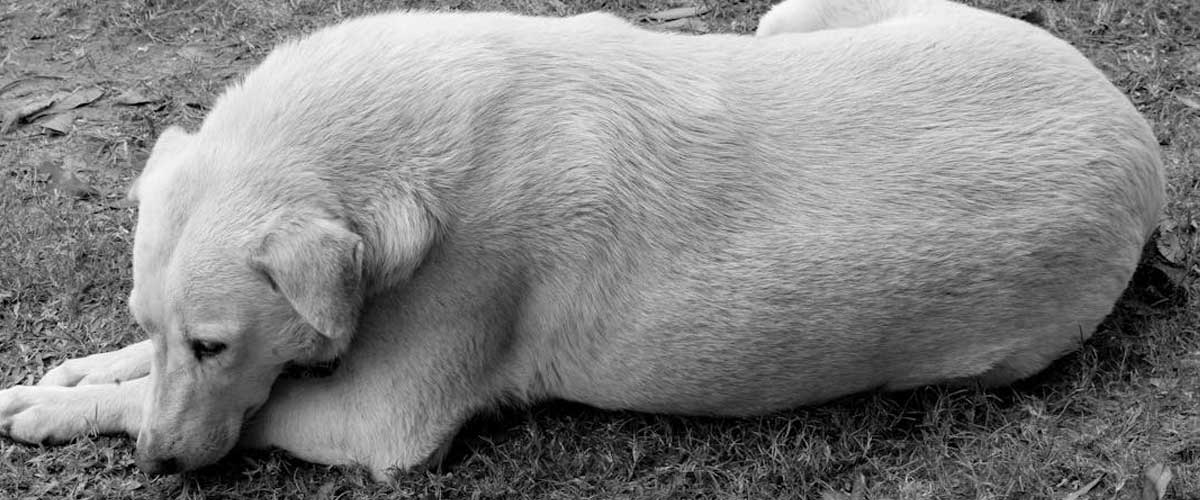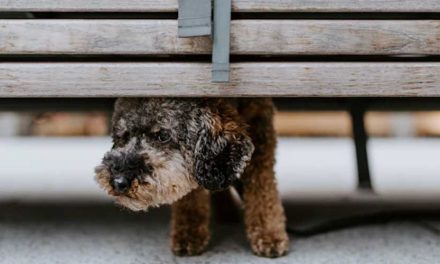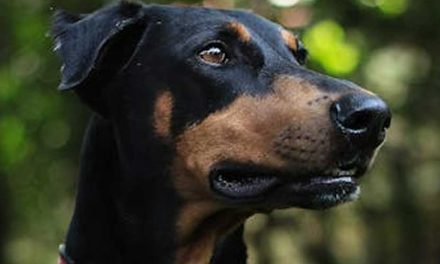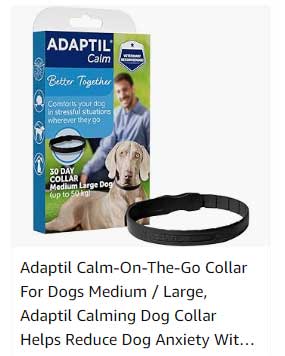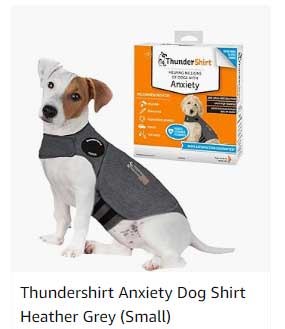Encountering a dog attack can be a traumatic experience for both you and your pet.
It’s essential to know how to respond quickly and effectively to ensure everyone’s safety.
Here’s a guide on what to do if your dog is attacked in public.
1. Stay Calm and Assess the Situation
First and foremost, try to remain as calm as possible.
Your dog can pick up on your emotions, so staying composed can help to reduce their stress.
Assess the situation: how aggressive is the attacking dog, and is there a clear threat to your dog’s safety?
2. Avoid Physical Confrontation
While your instinct may be to rush in and protect your dog, it’s often not safe to physically intervene.
Attempting to separate fighting dogs can lead to injuries for yourself or your pet.
Instead, try to distract the attacking dog without getting too close.
3. Use Your Voice
Yelling may sometimes startle the attacking dog and give you an opportunity to redirect its attention.
Use a firm, commanding voice to shout phrases like “No!” or “Stop!”
You can also try calling your dog’s name to encourage them to come to you.
4. Create a Barrier
If feasible, create a barrier between the two dogs.
This can be done using items you may have with you, such as bags, jackets, or even a walking stick.
Keep your own dog behind this barrier to give them a moment of safety.
5. Distract the Attacking Dog
If the attacking dog is fixated on your pet, consider making loud noises—clapping your hands, banging an object, or even throwing something nearby can help draw its attention away.
The goal is to break the dog’s focus and create enough distraction for you to escape.
6. Leash and Secure Your Dog
Once the situation seems to have calmed down, securely leash your dog, if they aren’t already.
This prevents any further incidents and keeps you in control as you navigate away from the area.
7. Seek Help
If the attack is serious and injuries are involved, it’s crucial to seek professional help immediately.
Call animal control or the police, especially if the attacking dog is aggressive and poses a threat to others.
If you can safely do so, take photos or gather witness information as this may be valuable for reporting the incident.
8. Get Veterinary Attention
Regardless of how your dog appears afterward, it’s essential to have them checked by a veterinarian.
Some injuries, especially bite wounds, may not be immediately visible.
A vet can assess for any underlying issues such as puncture wounds or psychological trauma.
9. Document the Incident
Keep a record of everything that transpired.
Note the time, location, and the details of the other dog and its owner, if available.
This documentation can be helpful for any follow-up actions, whether it involves notifying local authorities or speaking with the other dog’s owner.
10. Focus on Recovery
After such an incident, it’s important to help your dog recover both physically and emotionally.
Provide a safe space, and consider consulting a professional dog trainer or animal behaviorist for support in overcoming any fear or anxiety caused by the attack.
Conclusion
No dog owner wants to face an attack, but knowing how to react can make a significant difference.
Stay calm, be proactive in protecting your pet, and seek the help you need.
By being prepared, you can ensure that both you and your dog are safe and able to navigate future interactions in public with confidence.

